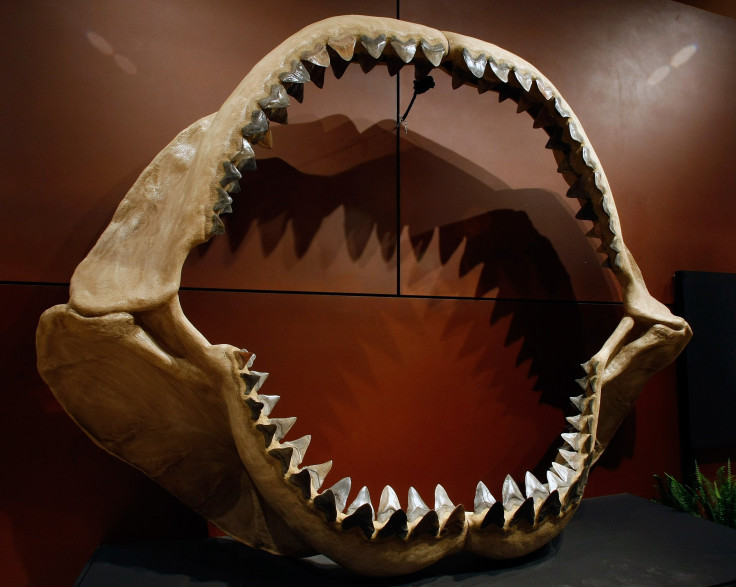Megalodon Shark 2018: Water Behemoth Killed Off By Supernova?

The megalodon may have become extinct over 2 million years ago, but the prehistoric shark remains a hot topic today. A new study has theorized that the water behemoth may have been killed off completely by a supernova.
In a new study published in the journal Astrobiology, researchers Adrian Melott, Franciole Marinho and Laura Paulucci suggested that one or more ancient exploding stars may have been the cause of the mass extinction of the megalodon shark and a number of other massive sea creatures around 2.6 million years ago.
Researchers found that the increased radiation dose from the muons as a result of the erupting stars contributed to the marine megafaunal extinction.
Melott stated that one of the species that was wiped out over 2 million years ago was the megalodon, which he likened to the Great White shark in the film "Jaws" and described it to be the size of a school bus.
He said that its extinction may have something to do with muons, an elementary particle similar to an electron, but over 200 times heavier. It is one of the subatomic particulars produced constantly in the Earth's atmosphere as a result of cosmic rays bombarding atoms.
Muons, the scientists noted, penetrated up to one kilometer beneath the ocean surface and caused the megalodon to absorb lethal doses of radiation. He noted that in the case of the megalodon and other gigantic marine creatures, their massive size worked against them as the bigger they were, the bigger the increase in radiation would have been.
According to the Illinois State Museum, many animals bigger than 80 pounds were wiped out from existence during the Pleistocene extinction event. Megalodons, which are 60 feet in length and weigh around 120,000 pounds, would have definitely been one of the creatures that were affected by the cosmic blast.
“There really hasn’t been any good explanation for the marine megafaunal extinction,” Melott said. “This could be one."
Melott told Motherboard that the radiation from the ancient supernova affected the atmosphere and the planet's creatures more than any other historical exploding stars over the last millennium because they could have been about 160 light-years away from Earth. All of the historical supernovae were much further away from Earth, so their effects had not been as drastic.
He also explained that below a few meters of the surface, water usually protects sea creatures from a lot of radiation. However, it wouldn't be able to shield them from muons, and unlike land animals, marine creatures who are used to being protected from radiation would not have had much of a defense from the penetrating muons.
And the supernovae the researchers mentioned aren't just hypothetical. There has been a number of research papers supporting the existence of the supernova that wiped out the megalodon over 2 million years ago.
The studies pointed out the existence of the radioactive iron-60 isotopes, which are remnants of a supernova explosion. They wouldn't be around anymore if they had been formed with the Earth, so researchers determined that they had to have come from an exploding star or two.
Melott noted that there was a huge spike of the radioactive substance 2.6 million years ago, but iron-60 had also been found scattered around 10 million years before this. As such, he theorized that it wasn't just one supernova that caused the massive extinction, but a big chain of them.
"It’s this paradigm change — we know something happened and when it happened, so for the first time we can really dig in and look for things in a definite way. We now can get really definite about what the effects of radiation would be in a way that wasn’t possible before," Melott said.
© Copyright IBTimes 2025. All rights reserved.




















